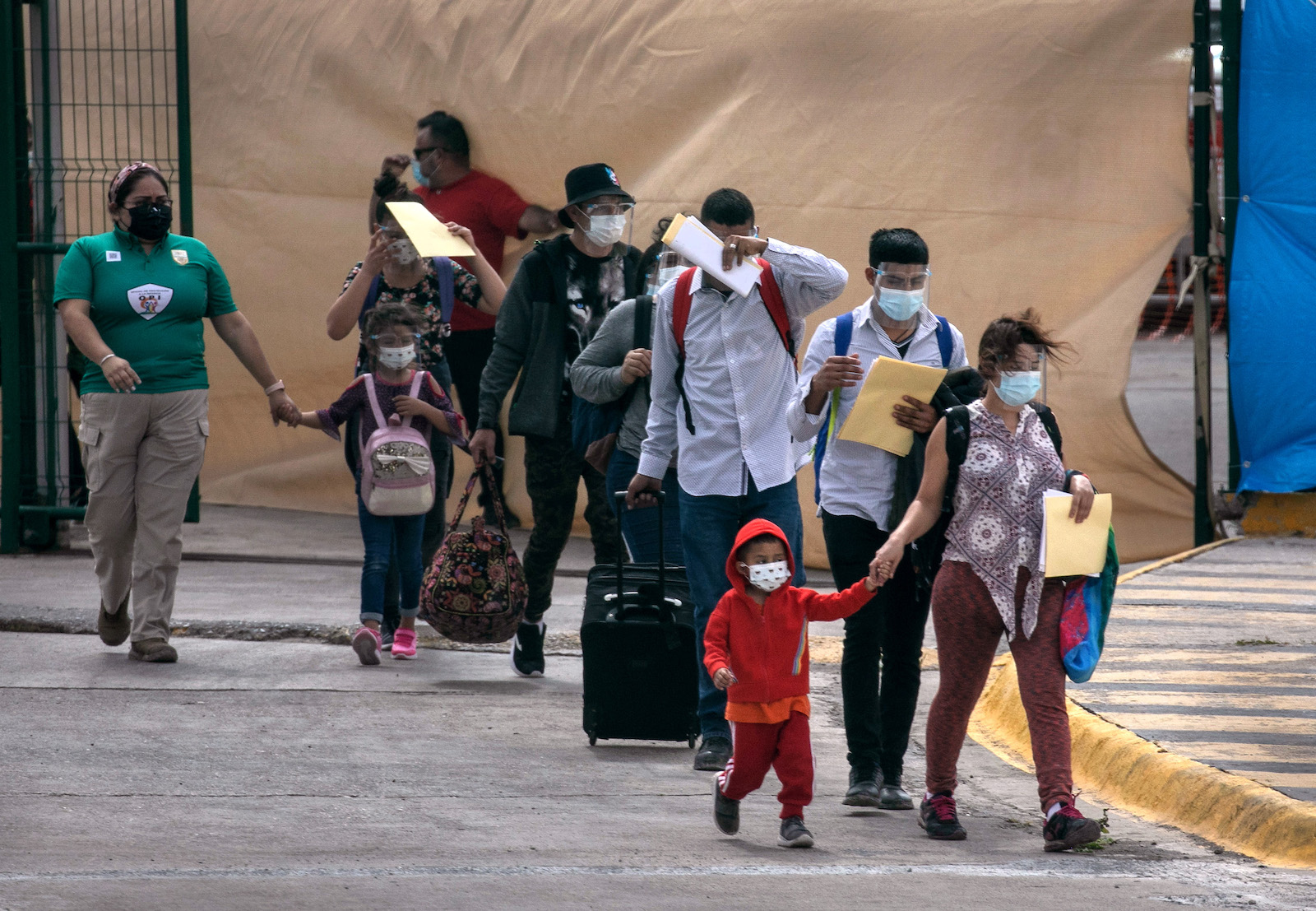
Title 42 will continue to endanger asylum seekers and destabilize Mexican border towns until change is implemented
While Biden is giving another chance to asylum-seeking migrants sent to Mexico by the Trump administration, Title 42 continues to impact Mexican border…
Ever since March 20, 2020, migrants seeking a better life in the United States by applying for asylum have been sent back to Mexico or their home countries. This is carried out under a section of U.S. health law, Title 42, which the previous administration installed to work towards shutting down the border for asylum seekers.
After the order was issued, Border Patrol began to turn away migrants arriving at the southern border under a joint agreement with the Mexican Government in March 2020, to begin expelling most Mexican, Guatemalan, Honduran, and Salvadoran families and single adults to Mexico.
However, there has also been the issue of people not from these countries being sent there, including Haitian asylum seekers, effectively stranding them in a foreign nation.
Those not sent to Mexico are held in Immigration and Customs Enforcement (ICE) or Customs and Border Protection (CBP) detention and flown back to their home countries with no option for asylum. For months, thousands of Haitians seeking asylum were subjected to being returned to Haiti without the option of asylum until public outcry forced the Biden administration to halt this practice.
The constant expulsions have taken their toll on border communities, and it is often discussed how Title 42 expulsions affect them, from transforming towns into militarized zones, and the constant presence of CBP.
For years, border residents have been vocally opposed to the militarization of their communities.
“President Biden has an opportunity to finally heed those calls by removing all military personnel and equipment from the border immediately,” Arizona’s Rep. Raúl Grijalva wrote in a statement in March.
He said the failure to demilitarize these zones will further politicize the military. Instead, Grijalva wrote, the nation should invest in the border communities themselves, not through the deployment of thousands of soldiers, which residents have opposed.
These are valid and ongoing concerns, but there is little talk here in the United States of the conditions of border communities on the other side.
A new study by the Global Response Management, a member of the #WelcomeWithDignity campaign and provider of medical care to migrants and asylum seekers in Mexico since 2019, released a report analyzing just this on June 22.
It documents the impact Title 42 has had in the Mexican border state of Tamaulipas. The investigation examined the circumstances that migrants face daily in the border towns of Matamoros and Reynosa.
The report asks the critical question as to whether anything has really changed since Biden assumed office.
“The Biden-Harris administration has taken steps to end harmful migration policies, however, pretextual COVID-19 measures, such as the closure of the border and expulsions under ‘Title 42,’ continue to endanger the migrant population, which is steadily growing in these towns,” the study reads.
There were 25,000 active MPP cases when the Biden administration announced the suspension of the Remain in Mexico policy in February 2021. Since then, the study found that over 11,700 people have been processed and allowed into the U.S., more than 2,300 of whom were from Matamoros and including hundreds who had spent many months living in tents on the banks of the Rio Grande.
The study largely focused on dispelling myths.
RELATED CONTENT
“The U.S. administration proudly referred to ‘closing the most dangerous face of the MPP: the Matamoros migrant camp’ [2]. However, far from ending the precarious conditions for migrants, the processing of active MPP cases is just the tip of the iceberg,” it reads.
This is because tens of thousands of migrants, who do not have active MPP cases, remain stuck in Mexico.
The study also dispels the following myths:
- Migrants are flooding the border in record numbers
- The border is open
- Rules are applied fairly
- Vulnerable people are allowed in
- Everyone wants to go to the U.S.
Large groups of migrants are making their way to the border
The full report can be found here.
This means that beginning June 23, migrants who had lost their asylum cases under the previous administration’s MPP, or Remain in Mexico program will have a chance to apply to enter the U.S. and reopen their cases.
The change reopens the asylum process to thousands of individuals who will, for the first time, have a fair chance to make their claims.
These include thousands whose asylum claims were denied in absentia because they were unable to show up in court on the U.S. side of the border – at times because they were held by kidnappers, or worse.
“The impacts of Title 42 amount to the same harm and lack of access to justice as MPP, and both have acutely impacted Black people seeking asylum from Haiti, Brazil, and elsewhere,” FWD wrote in a statement in response to the Biden administration’s decision.
https://t.co/BrUfJRF9cc Statement on Latest MPP Expansion Eligibility https://t.co/K0p1zdREpu pic.twitter.com/9sV7rrDceC
— FWD.us (@FWDus) June 23, 2021
For advocates, this is only the beginning of implementing change. While winding down MPP is one way to reduce harm in these Mexican border communities, the continuation of Title 42 keeps people in desperate need of humanitarian relief at risk.










LEAVE A COMMENT: